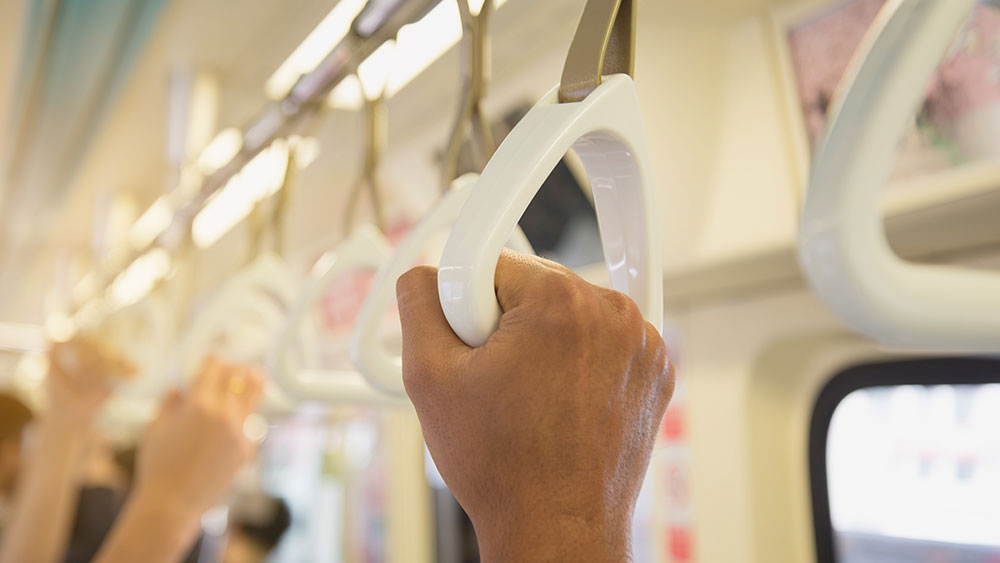
Investments in transportation infrastructure don’t just ease commuting. They significantly impact real estate values, prompting urban development in unexpected areas. This blog post explores how transport investment influences property values and what this means for urban development in the future.
The Relationship Between Transportation and Real Estate
Public transport is intrinsically linked to the well-being of residential real estate. A briefing by the Environmental and Energy Study Institute (EESI), the American Public Transportation Association (APTA), and the National Association of Realtors (NAR) in March 2013 explored this relationship in depth. The findings shed light on the resiliency of real estate values in areas that enjoy good connectivity through public transport, regardless of the broader economic conditions.
These properties managed to sustain their pre-recession values far better than properties with poor access to public transportation. The same trend was observed across various cities, pointing to a direct relationship between good public transportation and real estate values.
In particular, properties within half a mile of a fixed rail transit station proved more resilient during the 2006-2011 recession. These transit-adjacent homes outperformed their respective regional averages regarding value retention by 41.6%. This discovery indicates that real estate near quality public transportation infrastructure is highly valued and resistant to economic downturns.
The relationship between transportation and real estate is not solely about ease of commute. Availability and reliability of public transport directly influence the desirability of a location and, in turn, the value of properties in that region.
Decoding the Impacts of Transport Infrastructure on Property Value
Understanding the impacts of transport infrastructure on property value involves taking a closer look at the dynamics at play.
The primary factor driving the increase in property values near transport is accessibility. Properties in proximity to public transportation enjoy a significant boost in value due to their ease of commute. Anecdotal evidence and academic studies demonstrate that properties within a short walk of a subway or bus stop often command higher premiums, reflecting what buyers and renters are willing to pay for decreased commute times.
Conversely, improvements to roads and highways could negatively impact nearby residential property values if they lead to increased traffic noise and congestion. In such cases, the increased accessibility may not necessarily lead to increased property values.
Another key factor is the knock-on effects that enhanced transport connectivity has on local development. With better public transport, less land is required for road and parking facilities, freeing up more space for residential and commercial use. This, coupled with the spur in demand, can lead to property value appreciation.
However, it’s important to note that the benefits may not apply uniformly to all properties near transit stations. Due to noise or other issues, old-fashioned trains or poor planning could make properties on top of the station less desirable.
In summary, the impact of transport infrastructure on property value is multifaceted. It depends on a host of factors, including the quality of the infrastructure, its effects on neighborhood quality, and local market conditions.
Understanding the Economics Behind Transport-Induced Property Valuation
It’s well-understood that improvements in public transportation can enhance property values, but let’s delve into the macroeconomic principles behind this phenomenon.
- Demand and Supply Interaction: As regions become more accessible via public transportation, they attract more people, creating a surge in demand for real estate. However, as the supply of accessible property remains limited, this increased demand puts upward pressure on property prices.
- Land Value Elevation: Public transportation frees up land space by reducing the need for driving lanes and parking lots. More space becomes available for building homes and commercial areas, driving up land values.
- Enhanced Local Economy: By making an area more accessible, public transportation improves localities’ economic vitality. Increased accessibility attracts more businesses and employees to the location, driving up the economic worth of the area and consequently increasing the value of the properties within it.
- Positive Externalities: Public transportation carries a range of external benefits, such as emission reduction, traffic congestion relief, and conservation of energy resources. These environmental benefits result in a more appealing community, thereby driving up the desirability and, consequently, the value of properties.
- Hedonic Pricing: Property prices are determined by their inherent characteristics and surroundings. The proximity to public transportation, a major convenience factor, tends to be accounted for in the property price.
By understanding these economic principles, stakeholders and policymakers can be more effective in land use planning, urban development decisions, and investment in transport infrastructure.
Closing Points
Transportation investments will continue to influence property values in the future significantly. A continued inclination towards properties near accessible and efficient public transportation will likely shape urban development and real estate trends. Governments and real estate developers must consider this when planning upcoming projects.
Moreover, as the millennial generation, which highly values public transportation, becomes the dominant demographic in the workforce, demand for properties near transit hubs is expected to rise even further.
Policy planners, real estate developers, and investors must understand this impactful relationship in the face of such evidence. With this knowledge, they will be able to predict property value fluctuations better, develop effective transportation policies, and create more sustainable urban environments in the future.
© 2024 xpertRealtyMarketing. Sign up to have real estate articles delivered to your website.
